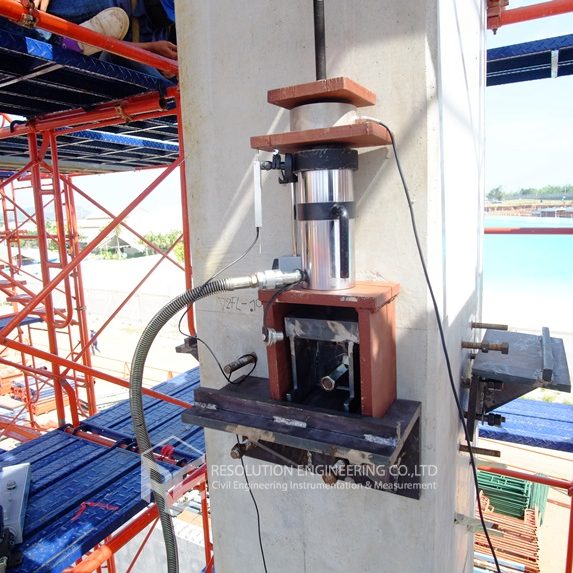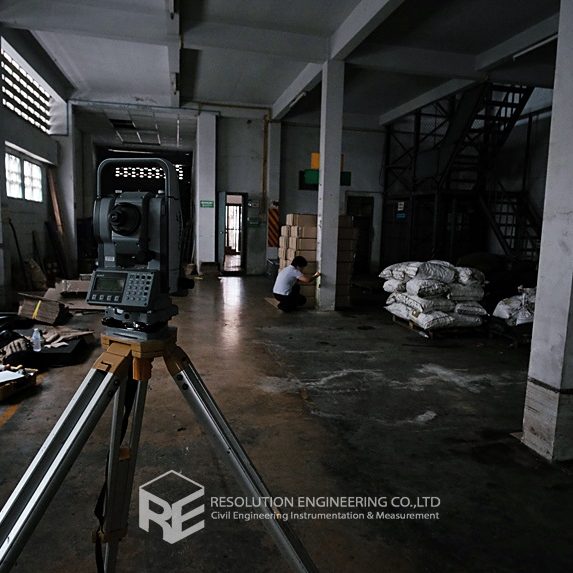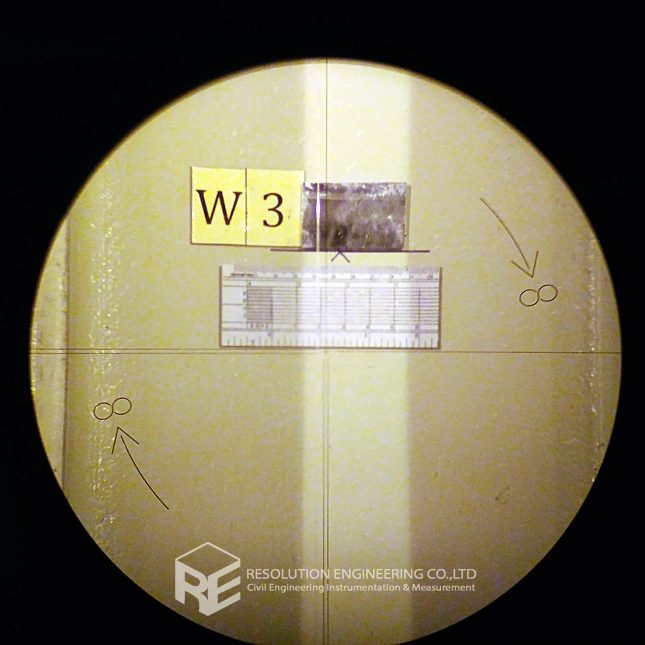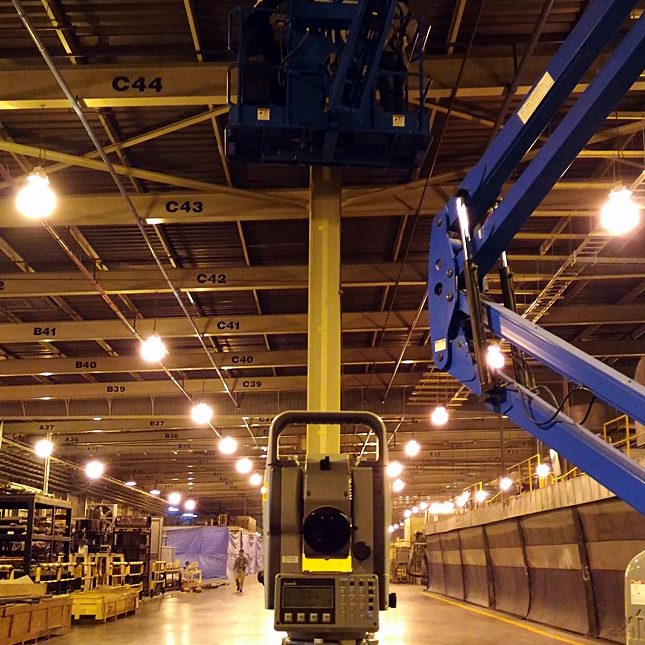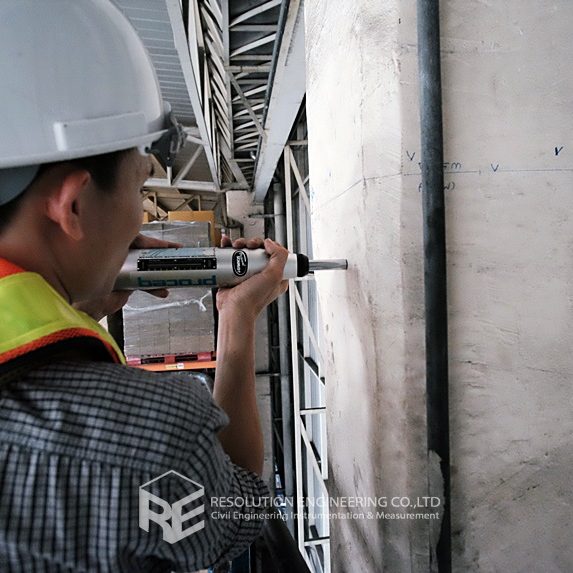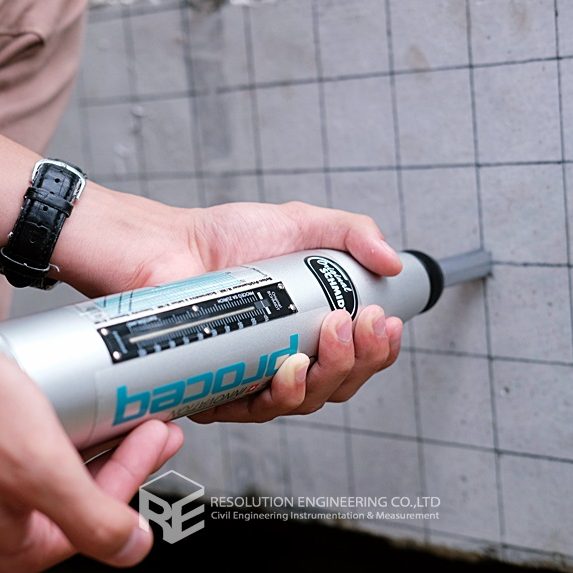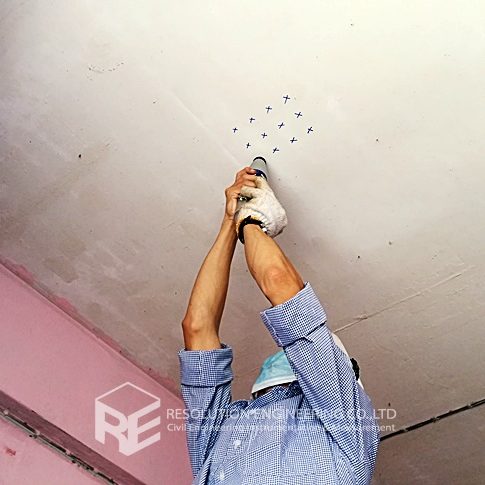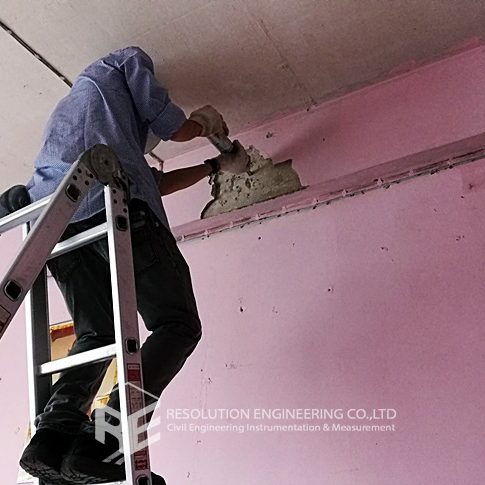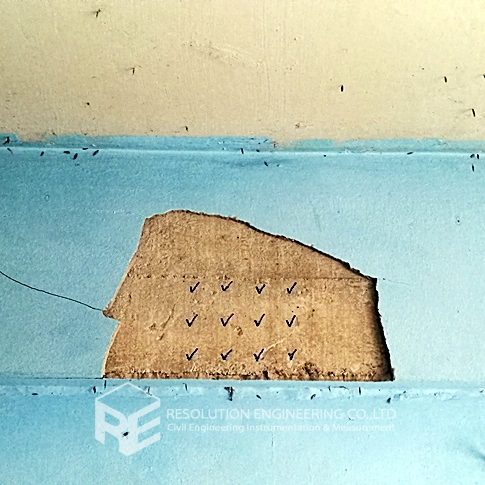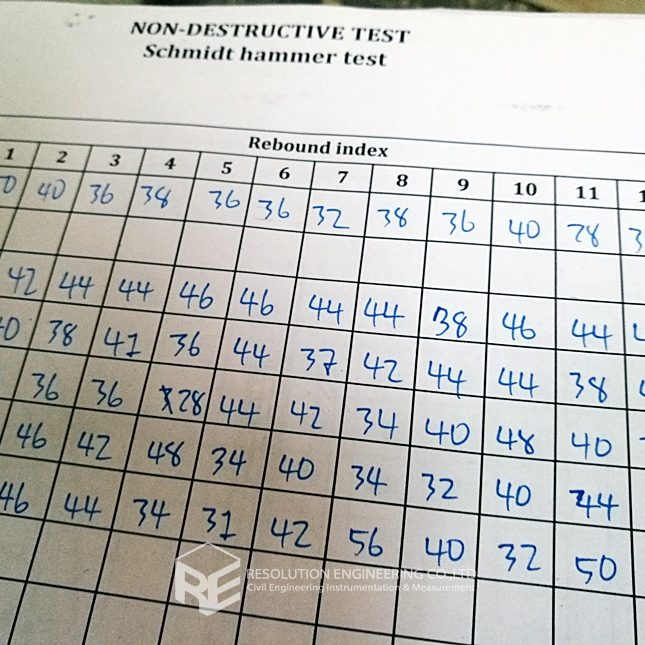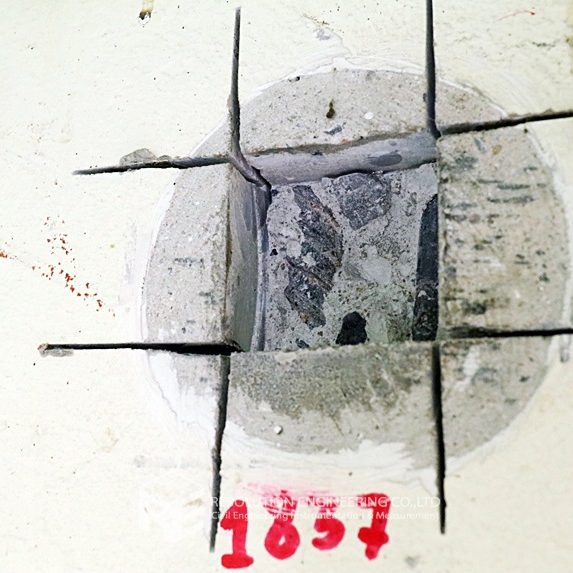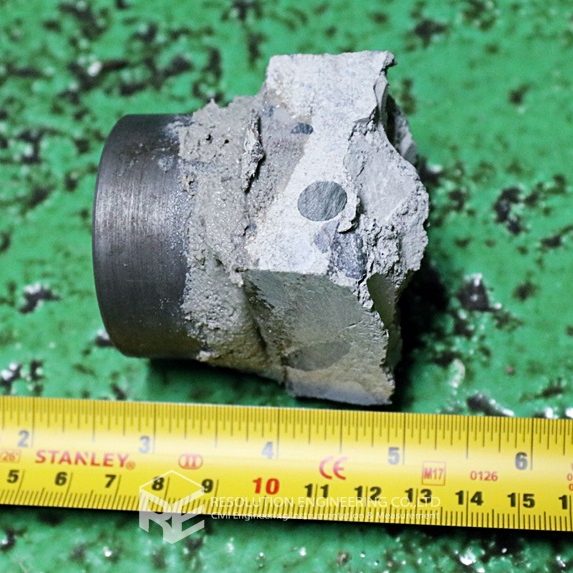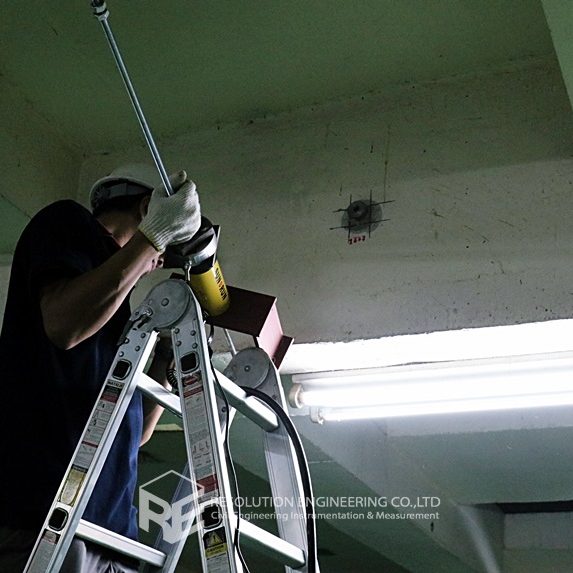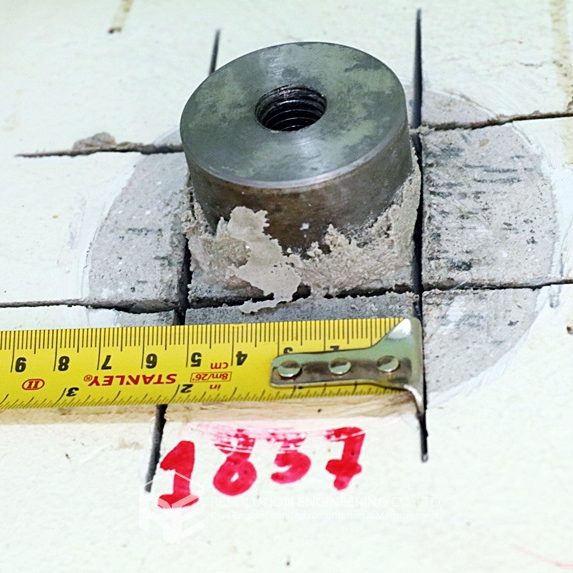The Pull Out Test and Shear Load Test on Anchor Bolts
Anchor bolt tensile and shear test
The Pull Out Test is one of the methods used to inspect an anchor’s load carrying capacity. This test determines the tensile strength capacity. The tested load will be applied in the parallel direction to the anchor using a hydraulic pump with a load measuring system. Displacement of the tested anchor is measured by a displacement transducer which shows real-time data. The Pull Out Test conducted by RE complies with the ASTM E488-10 standard.
Furthermore, RE also offers the Shearing Test which is another test used to determine an anchor’s load carrying capacity. This test specifically determines the shear capacity of the tested anchor. The tested load will be applied in the perpendicular direction to the anchor using a hydraulic pump with a load measuring system. A displacement transducer is also installed to measure displacement.
Both the Pull Out Test and the Shearing Test are the most effective methods to verify that the anchor system can withstand the designed load capacity.


